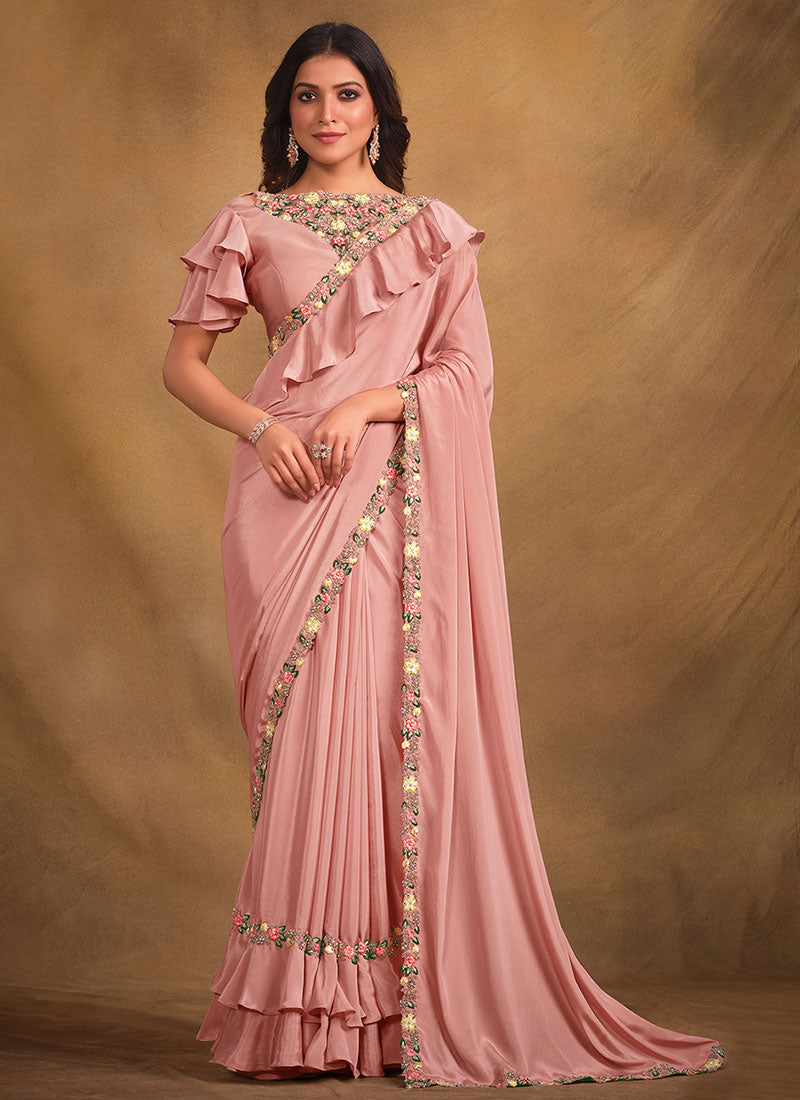In an era where sustainability is becoming increasingly important, the fashion industry is shifting towards eco-friendly practices. Indian textiles, with their rich heritage and diversity, offer a variety of sustainable fabric options that cater to conscious consumers. This article explores some of the most popular sustainable Indian fabrics, their benefits, and how to incorporate them into your wardrobe.
1. Khadi
Khadi is a handspun and handwoven fabric that holds a significant place in India’s history. Originally popularized by Mahatma Gandhi as a symbol of self-reliance, khadi is made from cotton, silk, or wool. Its eco-friendly credentials come from the minimal use of machinery and the promotion of local artisans. Wearing khadi not only supports traditional craftsmanship but also reduces environmental impact, as it requires less energy to produce.
Benefits:
- Biodegradable: Made from natural fibers, khadi decomposes easily.
- Breathable: Perfect for warm climates, providing comfort without compromising style.
2. Organic Cotton
Organic cotton is grown without harmful pesticides or synthetic fertilizers, making it a healthier choice for both the environment and the farmers. Indian brands are increasingly adopting organic farming practices, resulting in high-quality cotton that is soft and durable. This fabric is ideal for casual wear, offering a sustainable alternative to conventional cotton.
Benefits:
- Water-Efficient: Organic cotton farming often uses rainwater and traditional irrigation methods, reducing water consumption.
- Non-Toxic: Free from harmful chemicals, it’s safe for sensitive skin.
3. Tencel
Tencel is a fiber made from sustainably sourced wood pulp, primarily from eucalyptus trees. It is produced in a closed-loop process that recycles water and solvents, minimizing environmental impact. Tencel has a soft, luxurious feel, making it a popular choice for both casual and formal wear.
Benefits:
- Biodegradable: Tencel is fully biodegradable, breaking down naturally in the environment.
- Moisture-Wicking: Excellent for warm weather, it keeps the body cool and dry.
4. Linen
Linen, derived from the flax plant, is one of the oldest fabrics in the world and is known for its durability and breathability. Indian linen is often produced through eco-friendly processes, requiring fewer pesticides and fertilizers than cotton. Its natural texture adds a rustic charm to any outfit, making it a versatile choice.
Benefits:
- Low Environmental Impact: Flax requires less water and can grow in poor soil conditions.
- Temperature Regulating: Keeps you cool in summer and warm in winter.
5. Handloom Fabrics
India is renowned for its handloom fabrics, created by skilled artisans using traditional weaving techniques. Fabrics like ikat, khadi, and jamdani are not only sustainable but also support local economies. Handloom textiles often feature unique patterns and textures, adding an artisanal touch to your wardrobe.
Benefits:
- Supports Artisans: Buying handloom supports local craftspeople and their livelihoods.
- Unique Designs: Each piece is often one-of-a-kind, adding individuality to your fashion choices.
6. Recycled Fabrics
Recycling is an effective way to reduce waste in the fashion industry. Brands in India are increasingly using recycled materials, such as plastic bottles, to create new fabrics. These innovations not only help reduce landfill waste but also provide stylish, functional clothing options.
Benefits:
- Waste Reduction: Keeps materials out of landfills and reduces the need for virgin resources.
- Innovative Designs: Many recycled fabrics offer unique textures and styles.
How to Incorporate Sustainable Fabrics into Your Wardrobe
- Choose Local Brands: Support Indian designers and brands that prioritize sustainable practices.
- Invest in Versatile Pieces: Select timeless styles that can be mixed and matched for various occasions.
- Attend Ethical Fashion Events: Look for exhibitions or markets that showcase sustainable textiles and crafts.
- Educate Yourself: Learn about the materials and production processes to make informed choices.
Conclusion
Sustainable Indian fabrics provide eco-friendly options for those looking to make conscious fashion choices. By opting for materials like khadi, organic cotton, linen, and recycled textiles, you not only contribute to a healthier planet but also celebrate the rich heritage of Indian craftsmanship. As consumers, our choices matter—embracing sustainable fashion can lead to a more ethical and stylish future.













